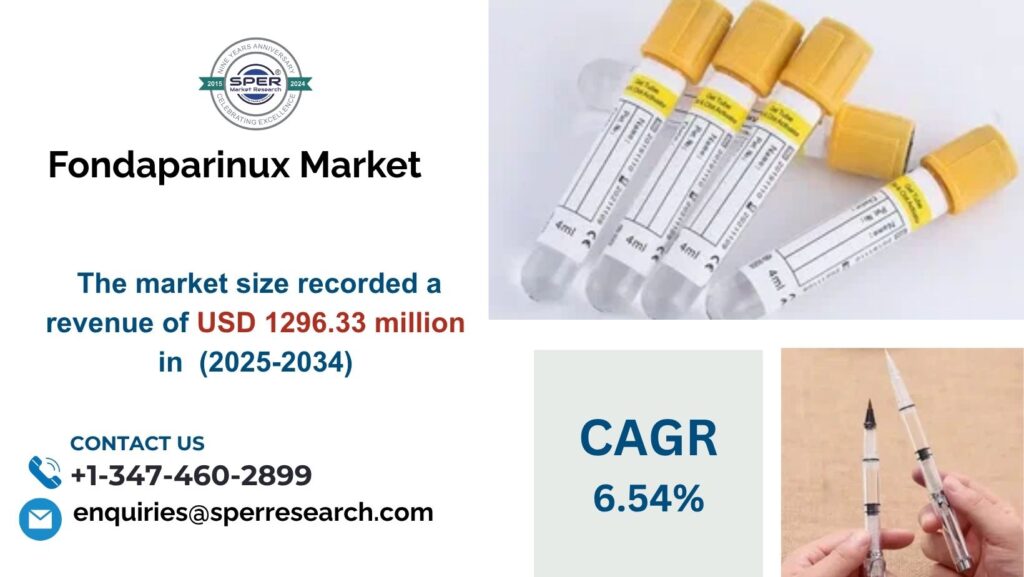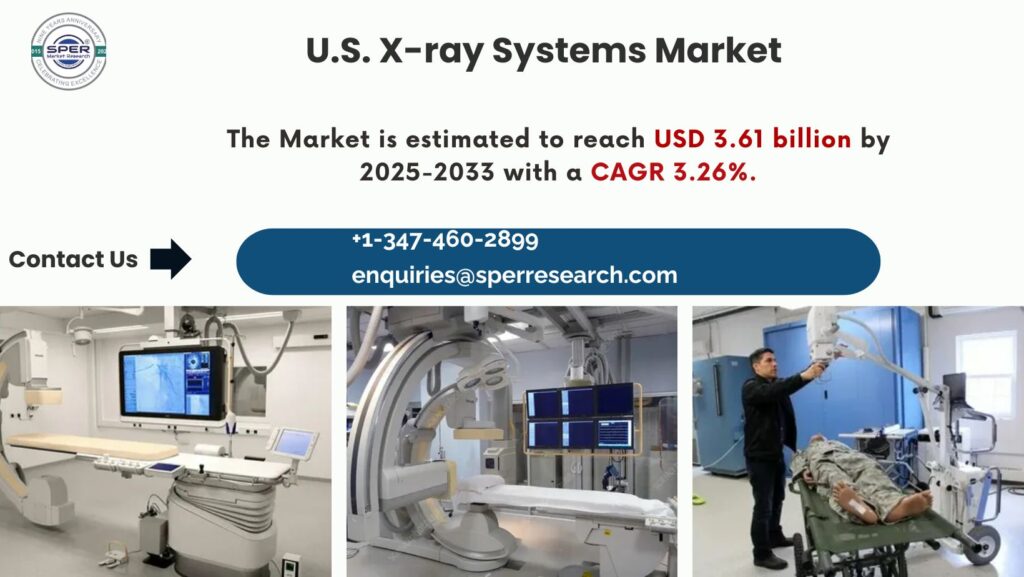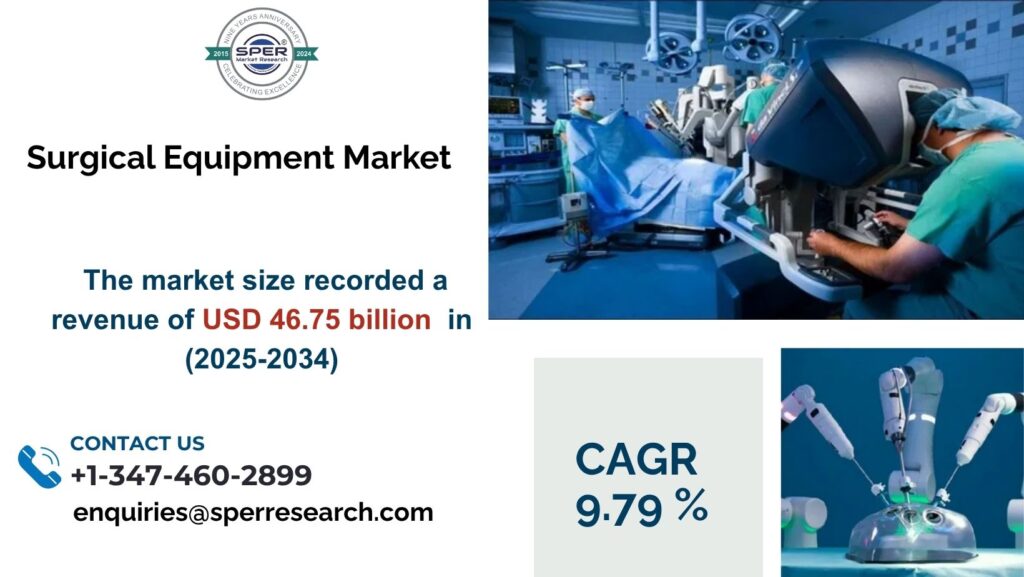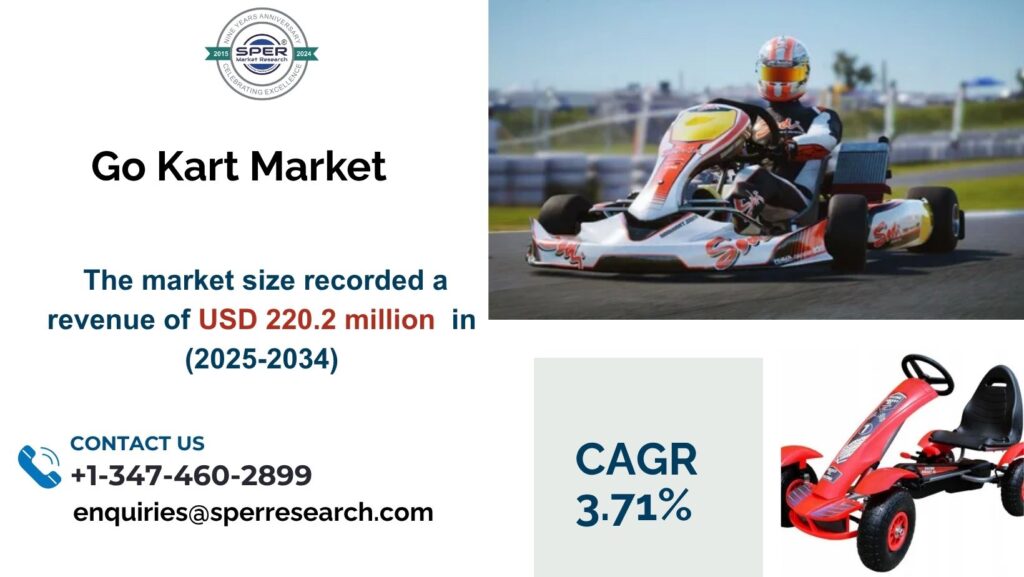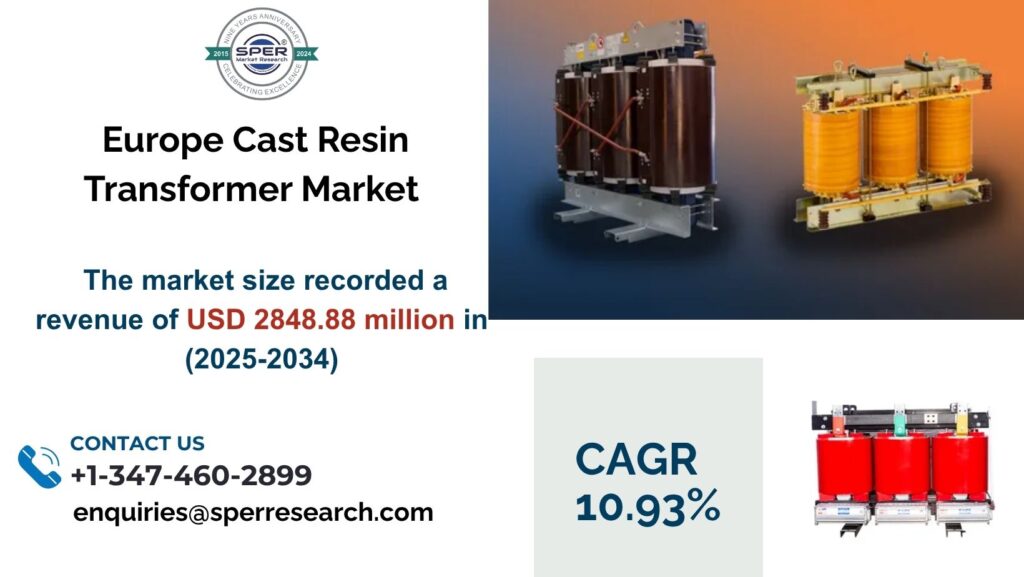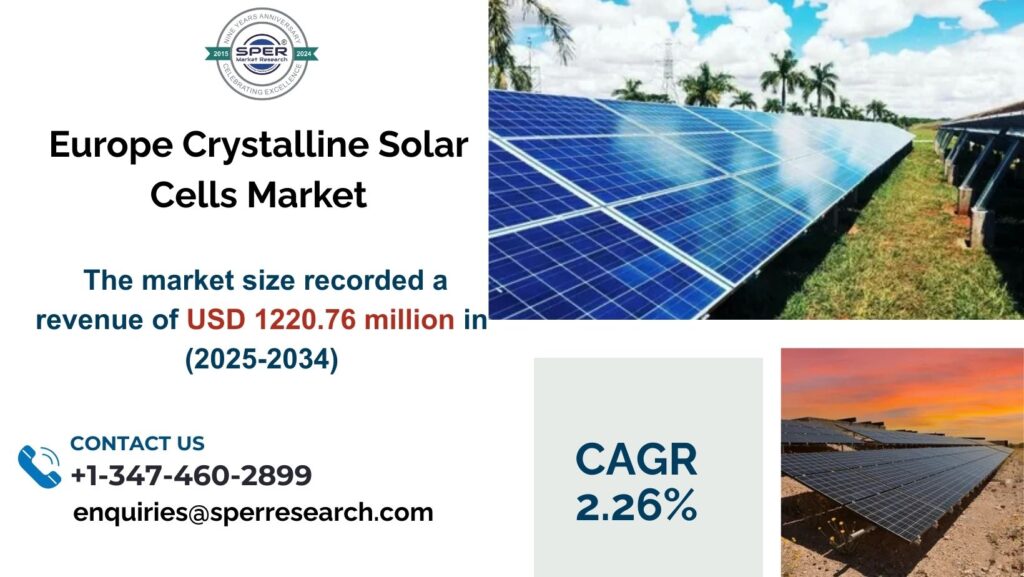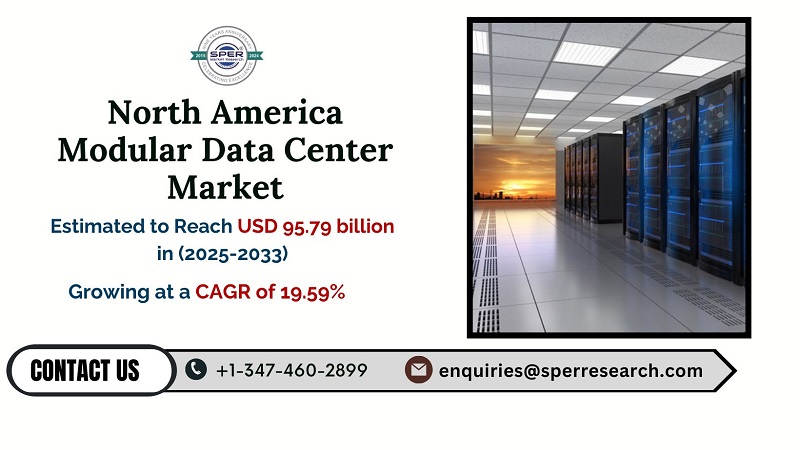Fondaparinux is a synthetic anticoagulant that specifically inhibits factor Xa, an essential component in the blood clotting process. It is mainly used to prevent and treat conditions like deep vein thrombosis (DVT) and pulmonary embolism (PE), particularly in patients undergoing major surgeries such as hip or knee replacements. Known for its predictable effects, lower risk of heparin-induced thrombocytopenia, and no need for frequent blood monitoring, fondaparinux offers convenience in both hospital and outpatient care. Administered via subcutaneous injection, it can be used alone or with other anticoagulants like warfarin and is increasingly approved for select pediatric use.
According to SPER market research, ‘Global Fondaparinux Market Size- By Type, By Product, By Distribution Channel – Regional Outlook, Competitive Strategies and Segment Forecast to 2034’ state that the Global Fondaparinux Market is predicted to reach 1296.33 Million by 2034 with a CAGR 6.54%.
Drivers:
The fondaparinux market is expanding due to several key factors. An increasing global elderly population has led to a higher prevalence of thromboembolic conditions such as deep vein thrombosis (DVT) and pulmonary embolism (PE), driving demand for anticoagulants. Rising rates of lifestyle-related diseases, including obesity and cardiovascular disorders, further boost the need for effective prevention and treatment. Growth in surgical procedures, especially orthopedic surgeries, along with greater awareness among patients and healthcare providers about clot risks, supports market expansion. Additionally, technological advancements, supportive government policies, reimbursement programs, and the drug’s favorable safety profile with minimal monitoring requirements enhance its adoption worldwide.
Fondaparinux Market Sample in PDF Format, Click Here
Restraints:
The fondaparinux market faces several obstacles that could hinder its growth. Its higher cost compared to other anticoagulants can limit accessibility, especially in developing regions. The requirement for subcutaneous administration may reduce patient convenience and adherence. Safety concerns, such as the risk of bleeding and spinal or epidural hematomas, necessitate careful monitoring and restrict use in some patients. Additionally, strong competition from alternative anticoagulants, including newer oral factor Xa inhibitors, challenges market share. Regulatory requirements and the need for continued clinical validation further complicate the widespread adoption of fondaparinux globally.
North America dominated the global fondaparinux market, fueled by an increasing elderly population and widespread use of the drug for conditions like DVT, PE, cancer-related, and orthopedic-associated blood clots. The region’s strong healthcare infrastructure and heightened awareness of thromboembolic disorders further contribute to market expansion. Some significant market players are Abbott Laboratories Inc., Alchemia Limited, Apotex Inc., GSK plc, Lupin Pharmaceuticals, Inc., ScinoPharm Taiwan Ltd, Dr. Reddy’s Laboratories Ltd.
For More Information, refer to below link: –
Related Reports:
Clinical Trial Supply and Logistics Market
Clinical Trial Supplies Market Growth
Follow Us –
LinkedIn | Instagram | Facebook | Twitter
Contact Us:
Sara Lopes, Business Consultant — USA
SPER Market Research
enquiries@sperresearch.com
+1–347–460–2899
